Also spelled: Rosslyn Castle
Location: near Roslin village, Midlothian, Lowlands of Scotland
kind of castle: 14th century stone castle
today: partly ruined, partly habitable
public transport: buses from Edinburgh City Centre to Roslin, short walk from busstop
scheduled monument: yes
managed/owned by: 7th Earl of Rosslyn
entrance fee: ruined part free (rest bookable as accommodation)
opening times: all year round (the ruined part, be respectful of the privacy of people spending their holiday in the holiday accommodation part of the castle)
directions: Google Maps
Roslin Castle is a place way to underrated and mostly overshadowed by its neighbour Roslin Chapel, yet it has its own charm and partly even its own history. There are a lot of parallels between the histories of Roslin Chapel and Roslin Castle, they both depended on each other for a long while and with them being located right next to each other that is no wonder at all.
Located on the north bank of the North Esk, there was a castle at this position since the early 14th century. Originally fortified by the Henry I Sinclair, Earl of Orkney and Baron of Roslin, the ruins we can see today are not nearly as old, they date back to the 17th century. During the War of the Rough Wooing of 1544 the castle just as many other places, in the Lowlands of Scotland, the castle was destroyed. The rebuilding didn’t start until way later, when there was a new structure built into the cliffs of Roslin Glen, especially from below creating a beautiful and truly impressive view up towards the castle.

The original drawbridge was replaced by the high bridge and parts of the castle structure were renovated around the 1980s, they are now bookable as a holiday accommodation, whereas other parts are still in a ruined state.
But let’s start back at the beginning, Roslin is known to many for the movie The DaVinci Code, spoiler alert, not everything written in a book or told in a movie is correct. The Sinclair family was of French origin holding the grounds of Roslin since around 1280. Not far from the castle there is the site of were the Battle of Roslin was fought, with the Scots defeating the English in 1303.
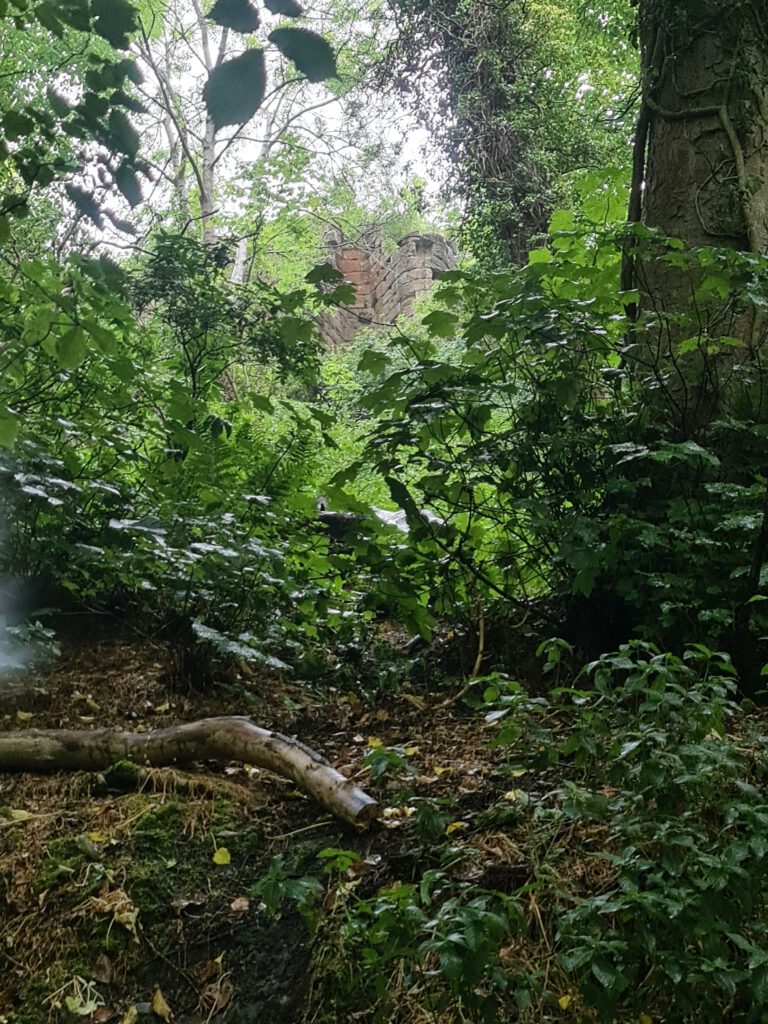
Oldest surviving part of the back then structure is the lamp tower or ‘lantern’ next to the bridge, which most likely was built at 1304, just after the Battle of Roslin. The Sinclair family or St Clair family built a round keep, to be more precise, the 2nd Earl of Orkney, also referred to as Prince of Orkney, built the keep. His successor William strengthened the Castle, introducing a lot of French influences, for example the round buttresses, which can also be found in Roslin Chapel.
Soon after finishing the improvements, a fire destroyed parts of the building, which afterwards got repaired again. Just to be set on fire again in 1544, during the Rough Wooing, suffering just as many other Lowland Castles around the Border region did.
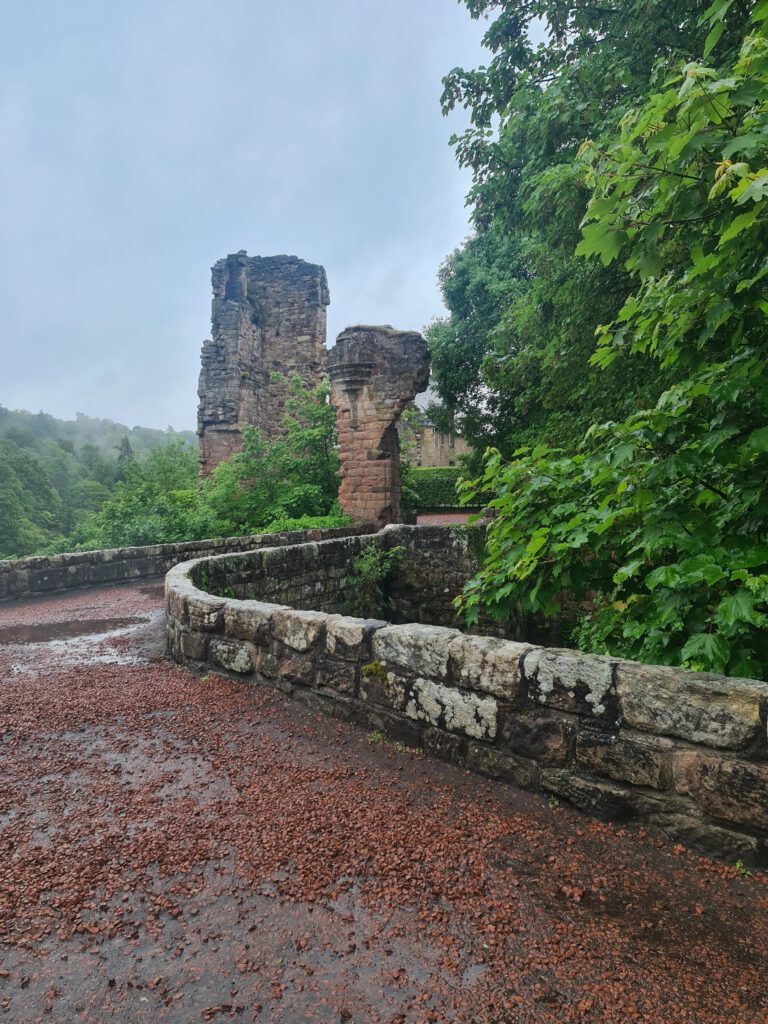
The vaults and the so called ‚great turnpike of Rosslyn’ were created under another Sir William in 1580, with more buildings such as the clock tower and the Great Hall, following in 1596, the Great Hall’s fireplace surviving to this day.
When Williams son, William, finished the vaults, which provided the kitchen, bakehouse and dungeon, he inscribed his initials ‘S.W.S 1622’ at them, as well as the door of the present Castle, which leads to the general information that Roslin Castle was built in 1622.
Not long after, in 1650, the Castle suffered an attack by Cromwell’s troops, which caused enough damage, the Castle never recovered from it. Following that a Reforming mob damaged it further in 1688, with only parts of the east range remaining habitable afterwards.

Sources from 1788 describing the leftover castle parts as ‘haggard and utterly dilapidated’. Restoration of the castle being completed in 1984, the current holiday accommodation usage taking effect in 1985.
Throughout the time of its usage the Castle held a great position, being protected by the River North Esk on not just one but three sides and on the fourth side it was protected by a ditch, which today can be crossed by the stone bridge, entering through the ruined gatehouse.
The Castle doesn’t just feature in ‘The Scottish Chiefs’ but is also one of the places featured in Sir Walter Scott’s poem Rosabelle and a ballad named Roslin Castle by Richard Hewitt of Cumberland, as well as the previous mentioned The Da Vinci Code.
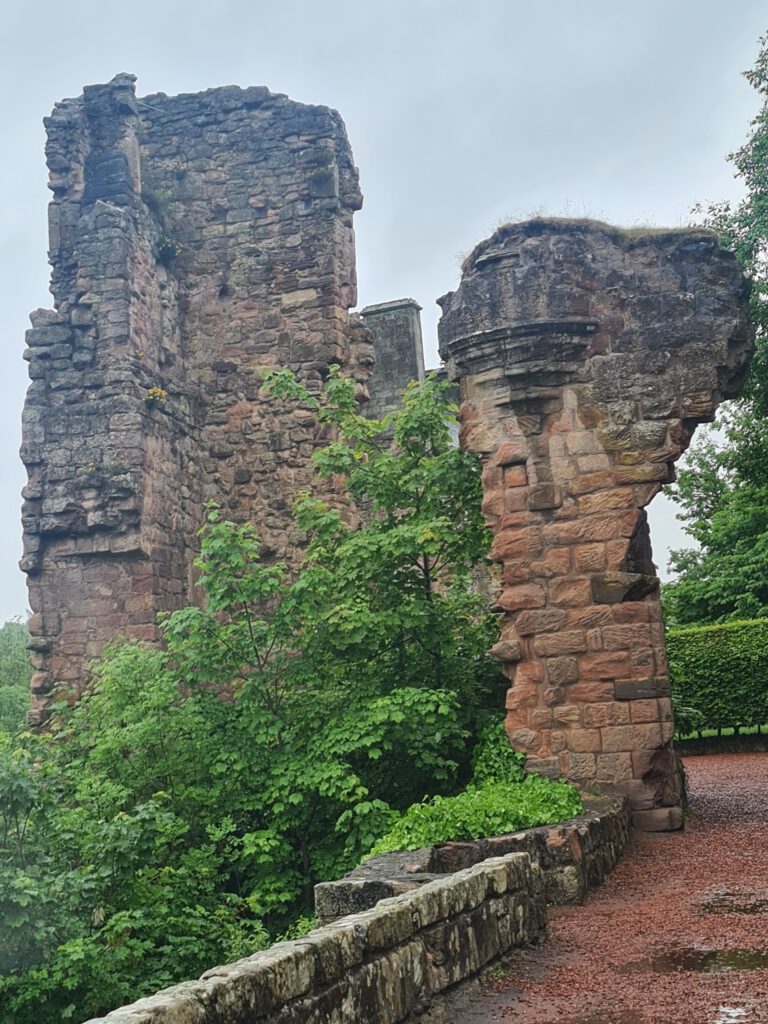
Famous visitors of the Castle containing names such as Mary Queen of Scots in 1563, during a progress, shortly after the castle being sacked and torched by the Earl of Hertford in 1544.
Maybe my favorite part about each location I visit, are the ghosts or spectres connected to it. At Roslin Castle this spectre is a dog which was killed with its English master after the Battle of Roslin Glen in 1303, ever since the dog reputedly haunted the castle, with its howling being reported more than just once. But not just the castle has a ghost of its own, Roslin Glen also has a spectre, the black knight on a black horse, riding through the glen. And to top everything, there is a ‘White Lady’ which reportedly guards a great treasure which is buried somewhere within the old castle. This ‘White Lady’ can only be woken and by that the treasure being found by blowing a trumpet when standing on the correct step of one of the staircases.
My personal suggestion is for sure to visit Roslin Chapel when you go and visit Roslin Castle and even more importantly take some time for a stroll through Roslin Glen, looking for the old gunpowder mill, which once was Scotland’s largest gunpowder mill. You can find a very lovely walk through the glen: here
Keep your eyes open to spot some of the many birds or other wildlife which can be found in this idyllic place. To assure you of a walk being the right decision it has to be said, that the walk through the glen is also a good one when it’s raining, since the trees will cover you and the rain somehow makes it even more special to see vast amount of green surrounding you while listening to the sounds of the River North Esk and spotting kingfishers, dippers, woodpeckers, otters and badgers, it truly is a great and once in a lifetime experience.
It has to be mentioned that I wasn’t sure if it was okay to enter the castle grounds so I just took pictures from the bridge.
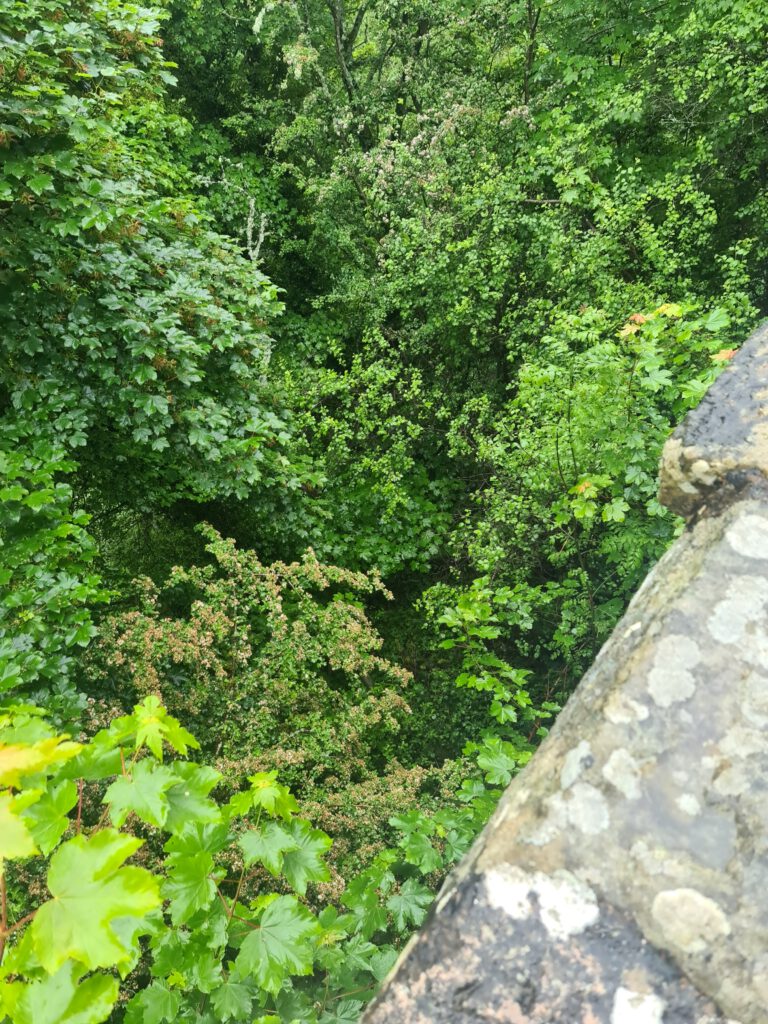
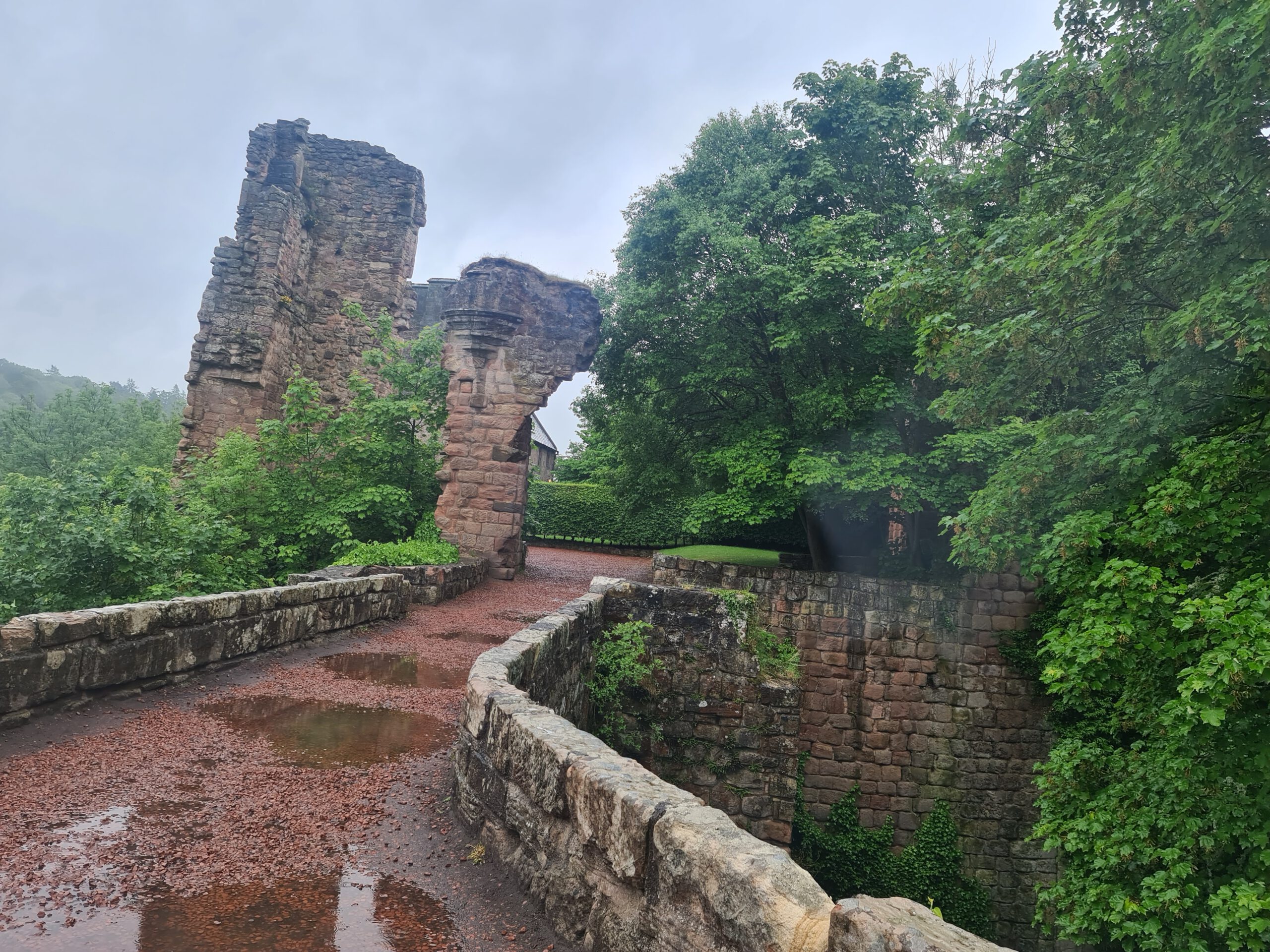
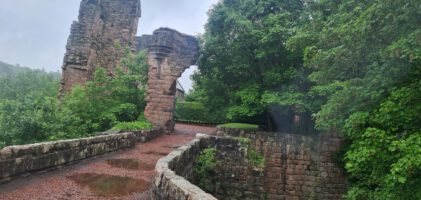
Pingback: Rosslyn Chapel – A scottish World